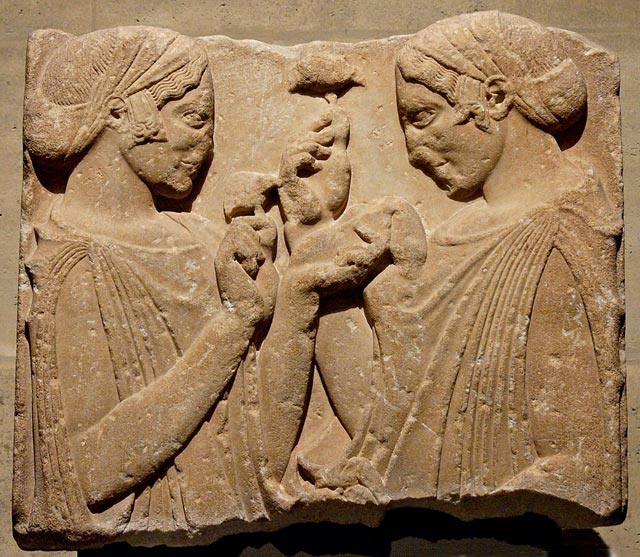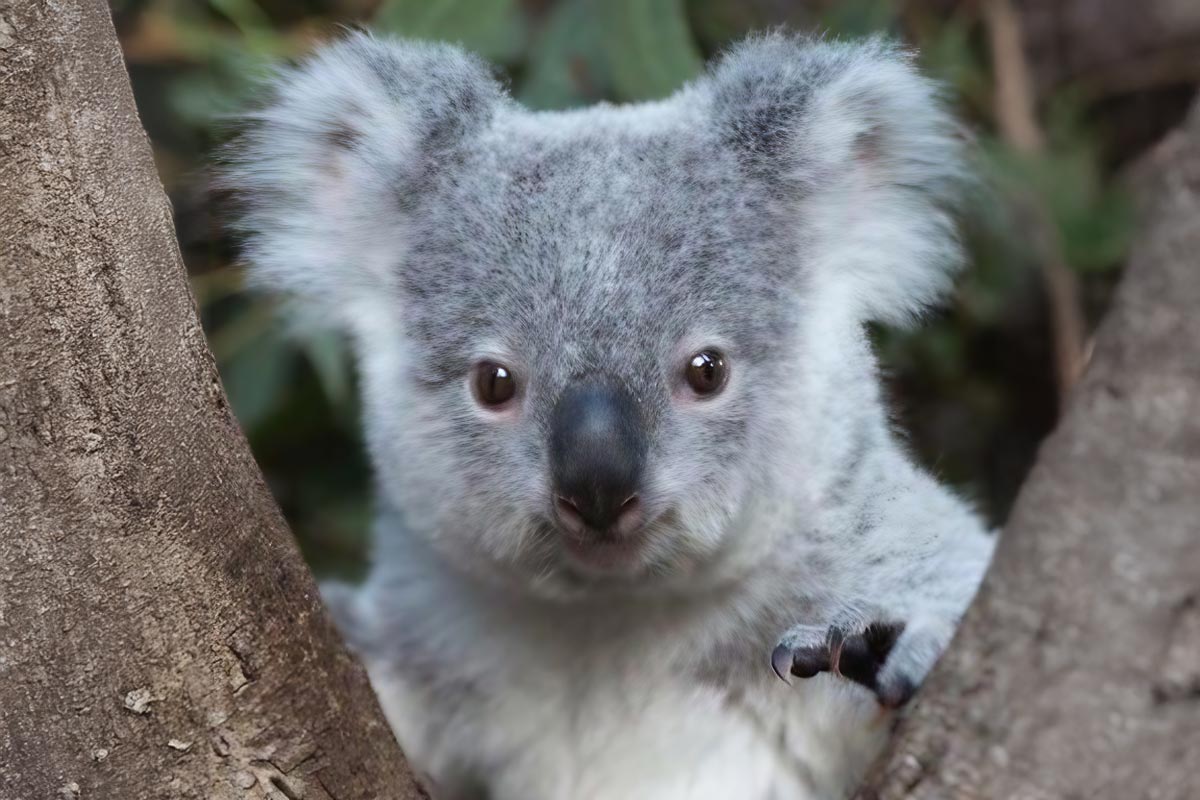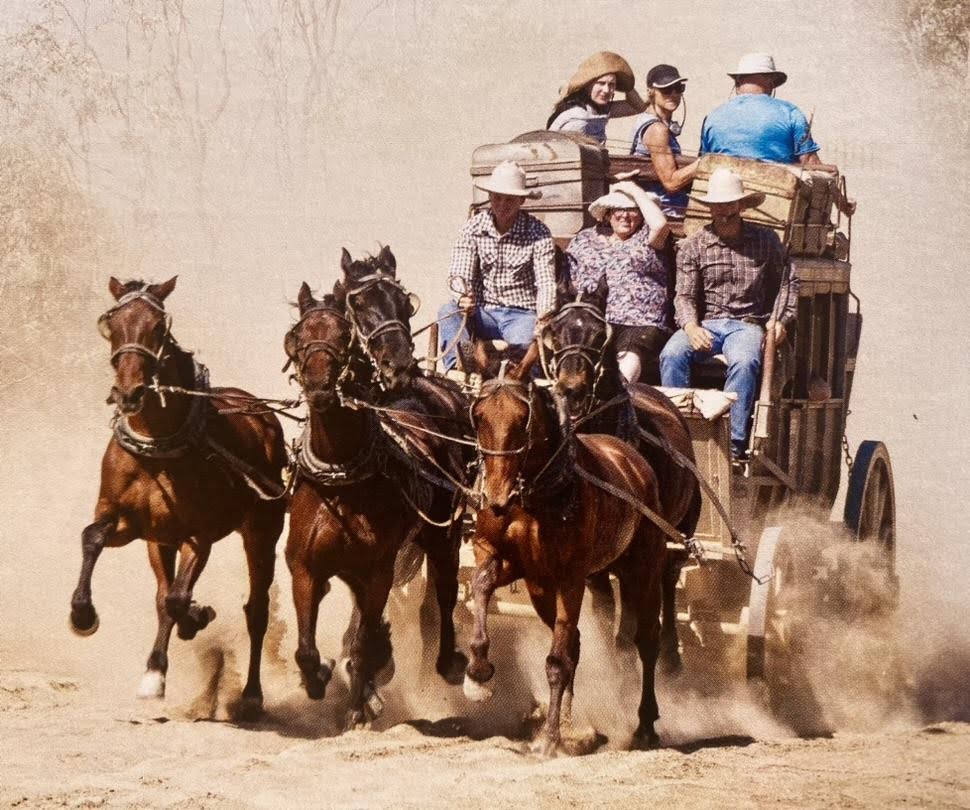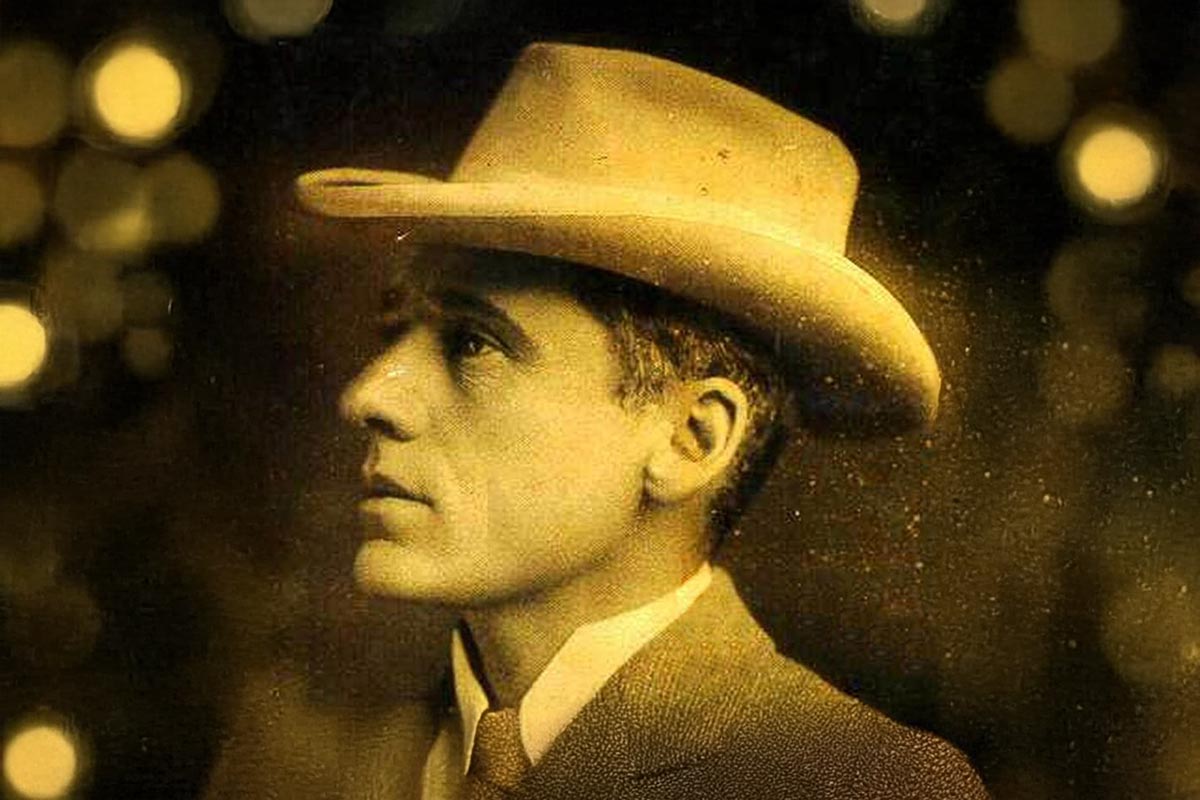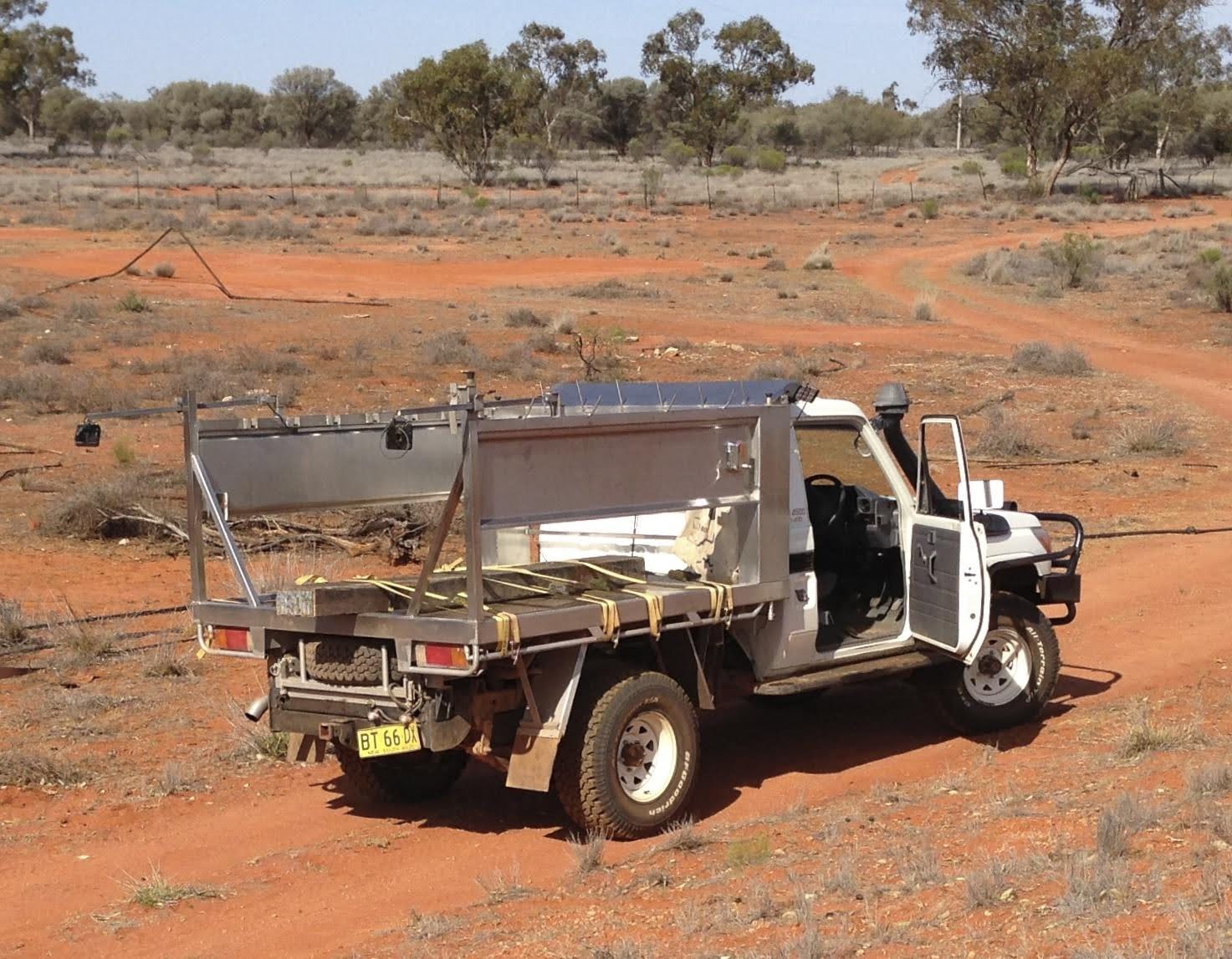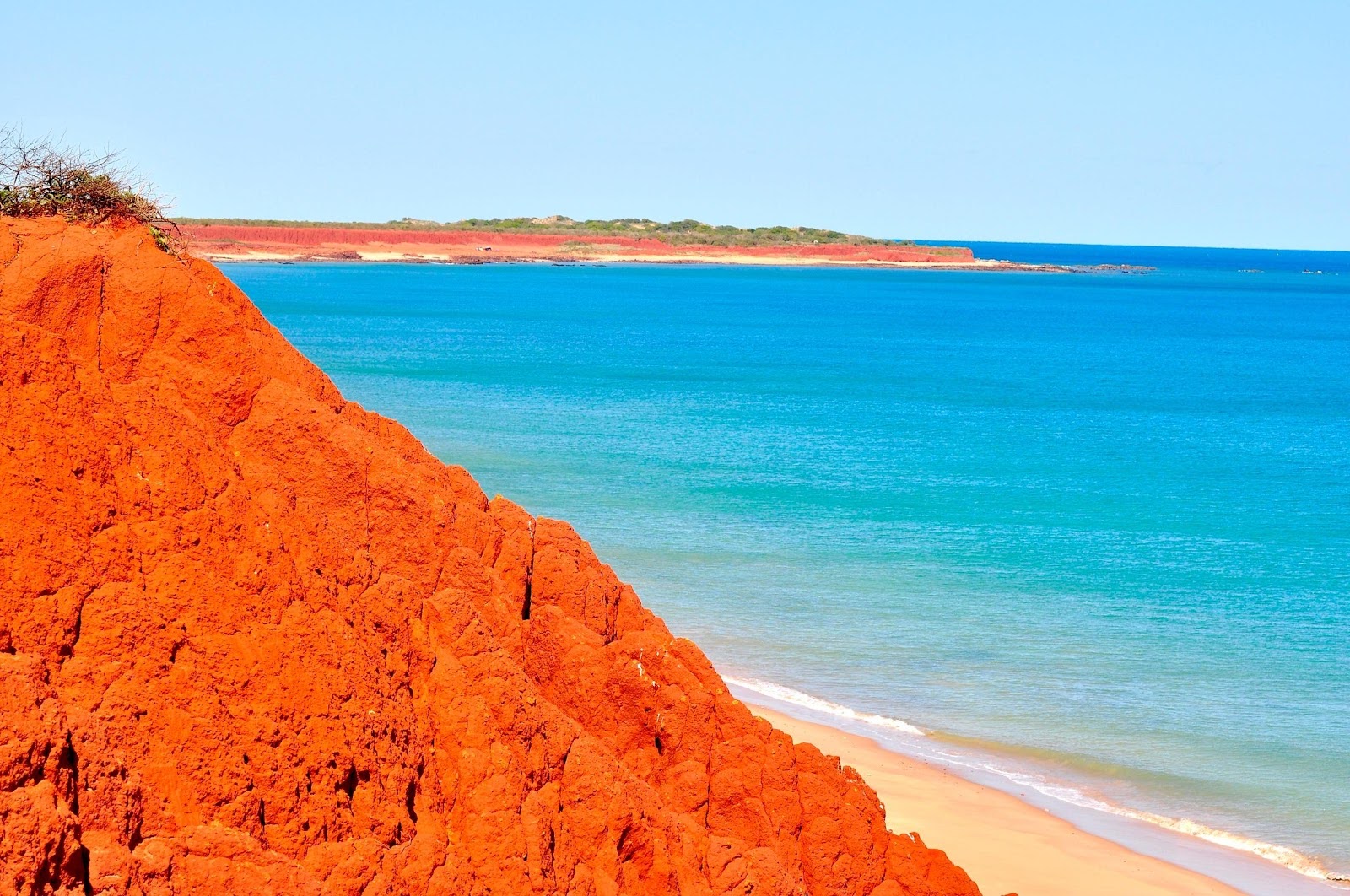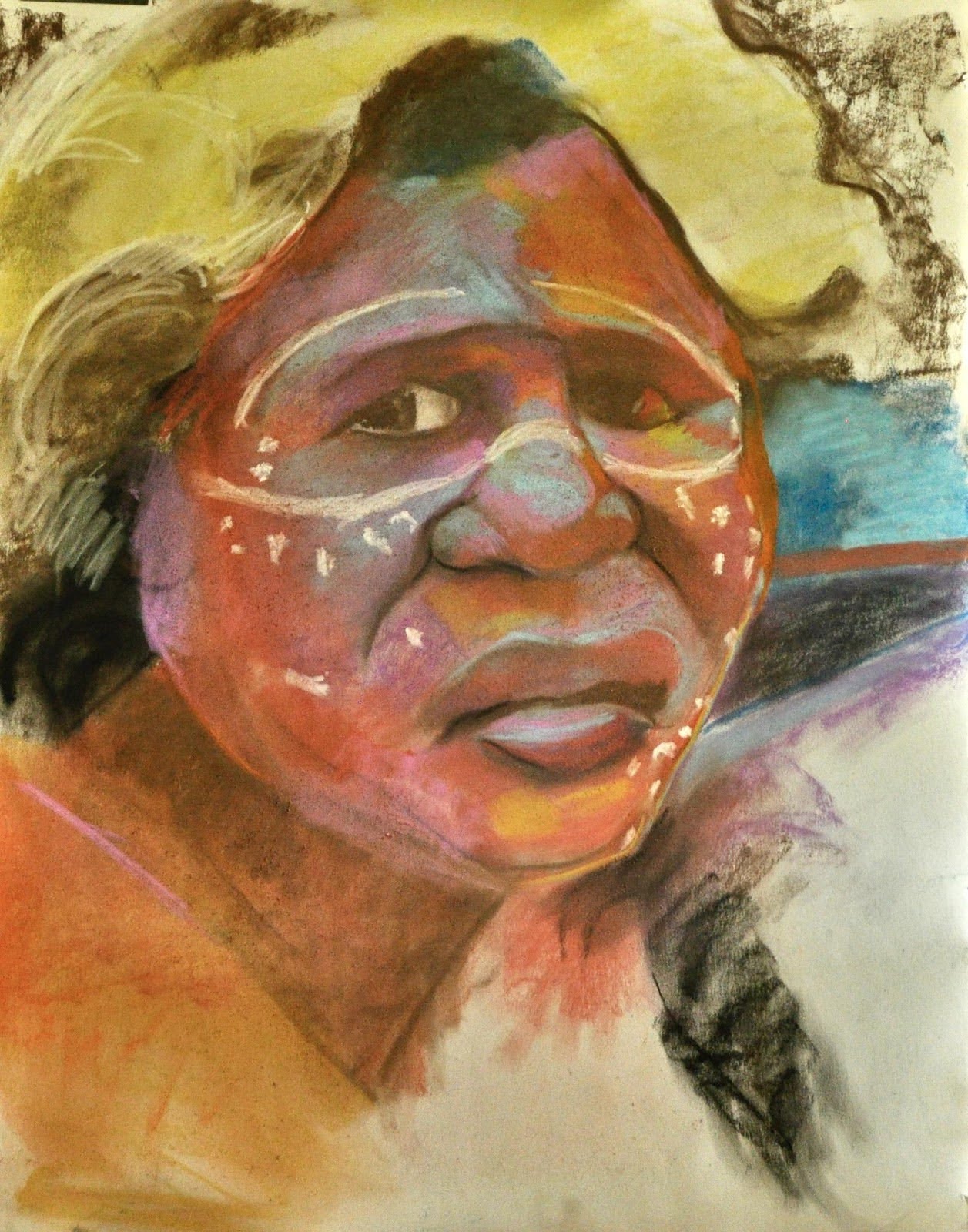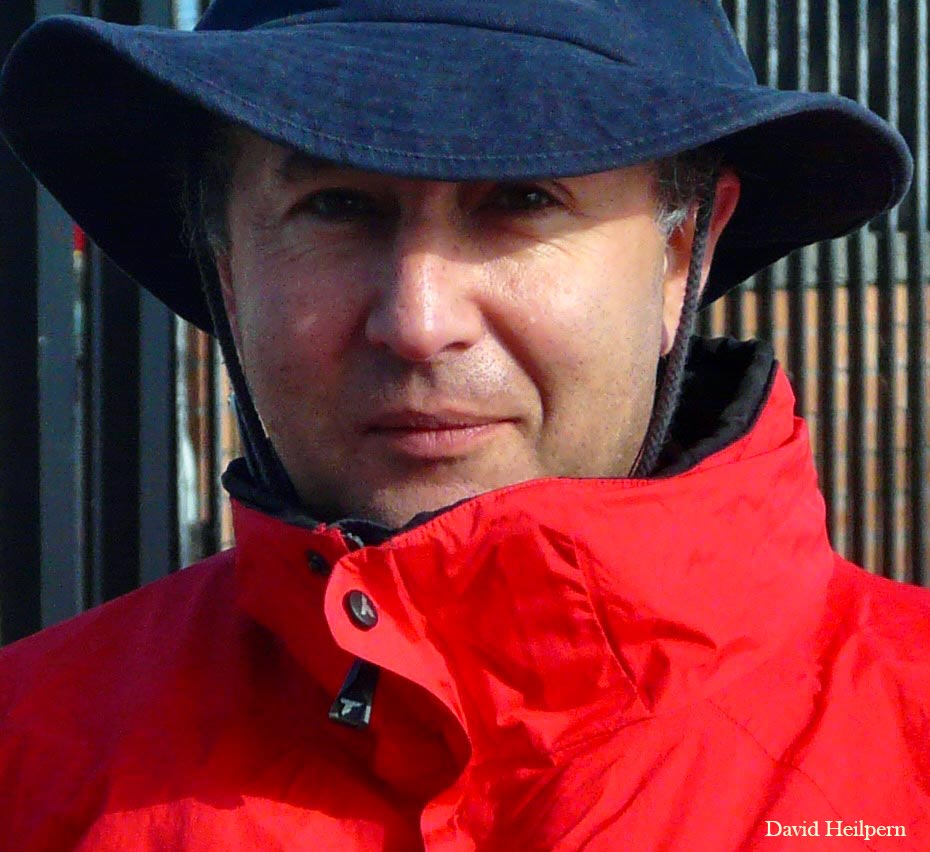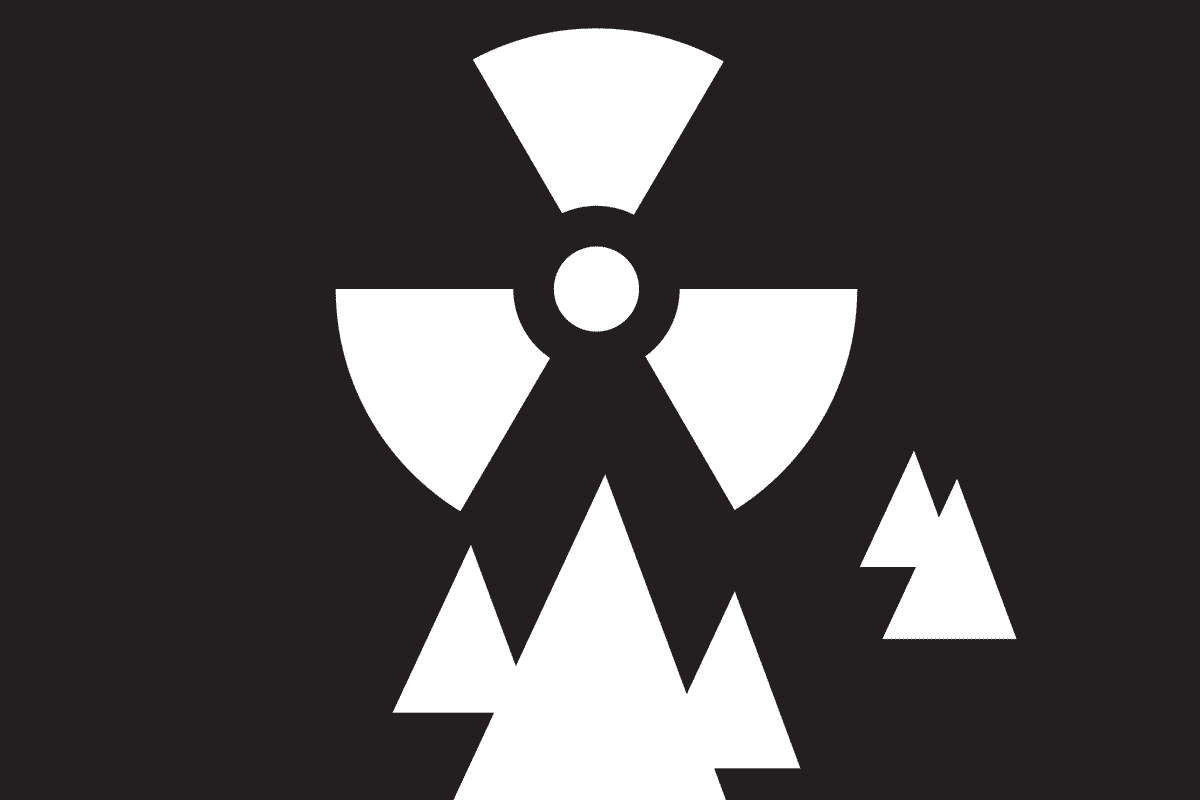With good companions, I’m crossing high cold deserts from Lhasa, ‘City of God’, to Holy Kailas, Asia’s most sacred mountain. In Tibet’s far southwest, Mt Kailas is the source of four great rivers, the Ganges Brahmaputra Indus and the Sutlej.
Mythical axis of the universe, citadel of the anti-orthodox, Kailas is the abode of old dark gods and Earth Goddesses. Remoteness altitude rough terrain and roving bandits make our journey reputedly “the longest, most difficult and dangerous pilgrimage on earth”.
From Nepal, China allows only supervised visits to Tibet, so I took a minibus. Smuggling in photos of the Dalai Lama, I jumped the tour in Lhasa hid in back streets and met others drawn to the lodestone. With faked documents we took a bus to its terminus out of town.
Wading a river, we walked on into empty deserts bounded by distant hills and craggy scarps. Each pinnacle is topped by an earth-coloured monastery, now in ruins. In silence, thin air and searing ultra-violet light we wait four days for a ride on any transport west.
I read of Younghusband entering Tibet in 1903, to be stopped by monks holding amulets, which they believed would magically repel the British. Firing on them the soldiers were shocked by the carnage of 600 innocents, but marched on to Lhasa to force a trade treaty.
Younghusband was knighted for his foray, which alerted China to the defencelessness of its neighbour and led to the 1959 invasion of Tibet, closed to the world since 1792. I read of the teenage Dalai Lama’s escape and the persecution of his people by Red Guards.



